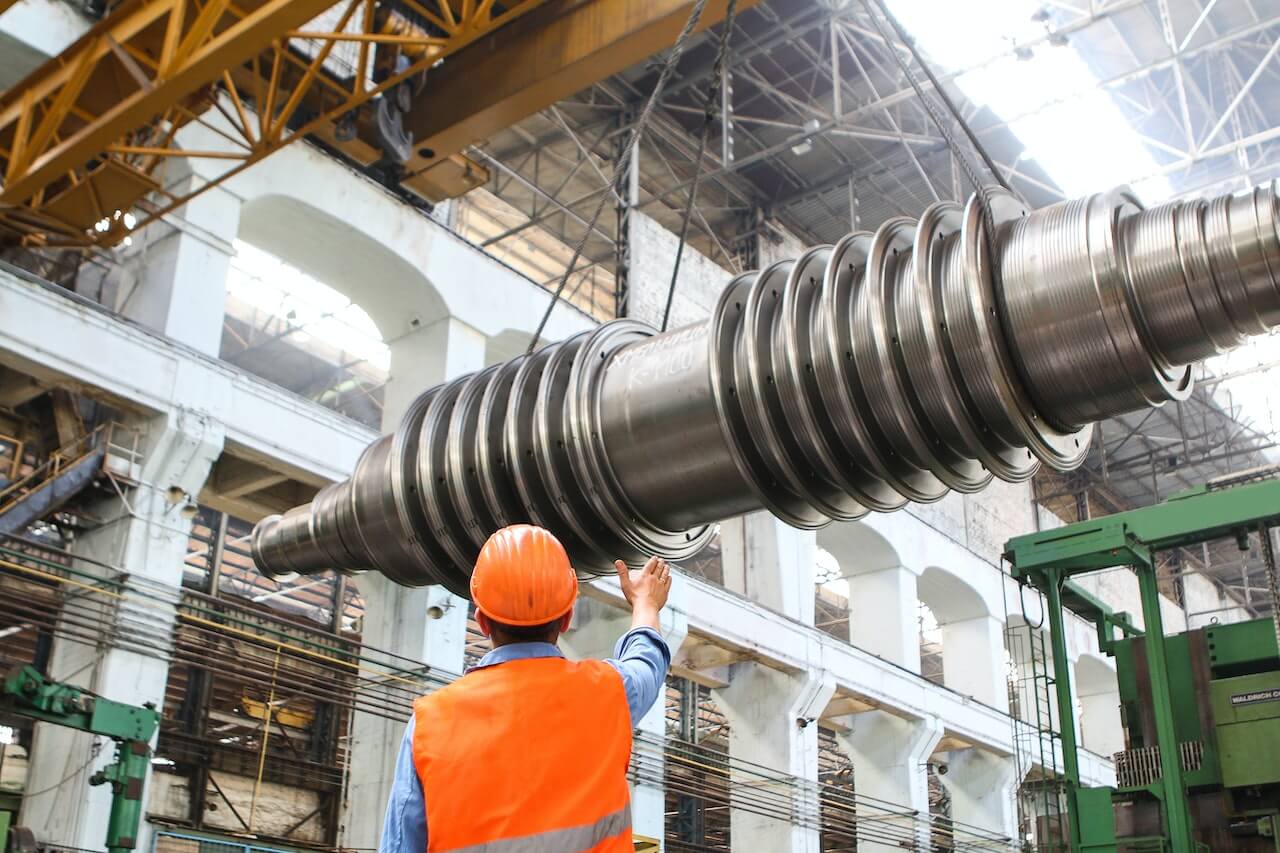Designing and overseeing a manufacturing project can be a daunting task. Many moving parts and pieces must come together for the project to run smoothly. However, with careful planning and execution, it is possible to complete a manufacturing project from start to finish. Following these tips can increase your chances of success and avoid costly mistakes.
1. Define the Scope of the Project and Create a Timeline
Creating an effective timeline for the project is paramount to its success. When scheduling tasks and deadlines, the project manager must consider resources such as materials, labor, and even the time of day. All major facets of the project should be identified and divided into achievable segments within specific timelines while ensuring the entire project is completed on schedule.
Setting realistic expectations early on will go a long way in tracking progress and helping to meet goals throughout the manufacturing project. Setting confirmable deadlines and maintaining accountability will make it easier to assess potential pitfalls when striving toward completion.
2. Assemble a Team of Experts to Work on the Project
Assembling a team of experts to work on your manufacturing project is key to its success. You'll need engineers who can design the product and think through any potential flaws and technicians who can troubleshoot during the production process. Another important member of your team would be a project manager who can manage timelines, tasks, and resources - ensuring the project stays on track.
Ultimately, even more than the individual skills these experts bring with them, it's their collective expertise that will make this partnership truly successful. Each team member will bring unique perspectives to the project, resulting in an amazing final solution for your manufacturing needs.
3. Develop a Detailed Plan for the Manufacturing Process
When developing a detailed plan for the manufacturing process, it is essential to consider all the steps involved, from design to final delivery. Every step in the workflow should be tailored to contribute to the project's accuracy, timeliness, and quality while also considering any potential issues that may arise during each step.
To ensure a successful end product, it is wise to assemble an experienced team knowledgeable in production methods and processes to oversee and manage the task. Each team member should have a defined role and responsibilities within the workflow system.
Before beginning production, the whole process should be reviewed several times and organized into smaller stages that can be tested independently before advancing through each step to identify potential problems quickly. Implementing these strategies guarantees that any manufacturing project is efficient and successful.
4. Test the Final Product to Ensure It Meets Quality Standards
Ensuring that the final product meets desired quality standards is an integral part of any manufacturing project. Quality management principles such as those found in the 7 Tools of Quality from ENCONA can help organizations evaluate the manufacture, design, and delivery processes from start to finish.
Organizations should have clear procedures to measure and monitor quality throughout development and testing plans for completion before rolling out the final product to customers.
5. Evaluate the Success of the Project and Learn From Any Mistakes
Evaluating the success of a manufacturing project involves more than just examining whether it achieved its goals - it also means looking for any errors that occurred along the way. This way, anything that didn't go as planned can be considered, and lessons learned for future endeavors can be taken into account.
It is important to review the project thoroughly to determine where adjustments could have been made during the project's duration, from the initial design to ongoing oversight. Areas such as production capacity, lead times, workers' expertise and level of training, product quality, and safety must all be considered when evaluating the success of a manufacturing project.
Bottom Line
Designing and overseeing a manufacturing project requires careful planning and execution. By defining the project's scope, assembling a team of experts, and developing a detailed plan for the manufacturing process, you can increase your chances of success. However, it is also important to be prepared to make adjustments and test the final product before putting it on the market. By evaluating the success of your projects and learning from any mistakes, you can continue to improve your manufacturing processes.






